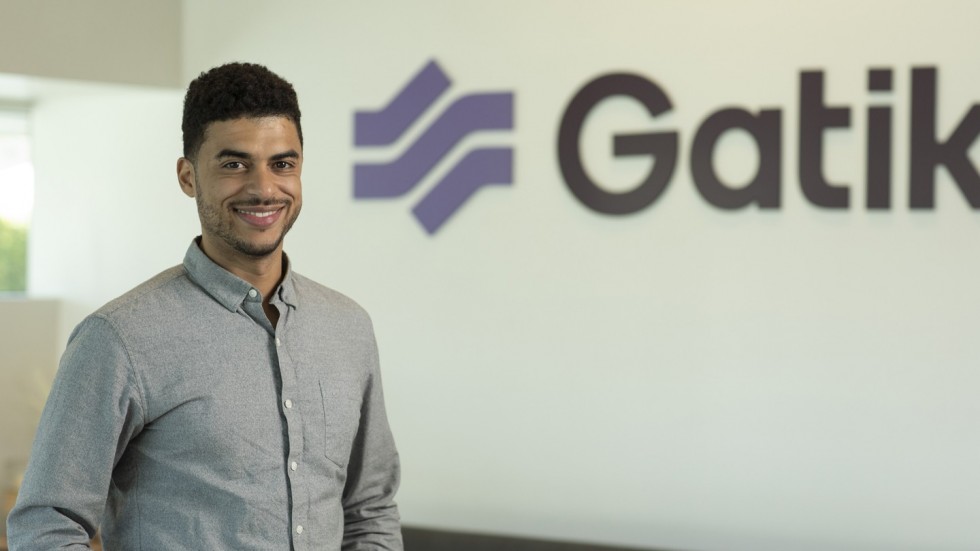
What Drives Eliseo Miranda?
Last summer, Eliseo Miranda ’13 drove across the United States, but he wasn’t actually driving. He traveled from Boston to San Francisco in a Tesla Model 3 Performance letting the vehicle’s autonomous-driving system do as much of the work as possible. But why?
The first in his family to attend college, Miranda spent three years studying physics at Stonehill and two years studying aerospace engineering at the University of Notre Dame in the College’s 3+2 Engineering Dual-Degree Program. When he graduated, he thought he’d try to become an astronaut. Instead, he landed a summer internship at Fiat Chrysler working on alternative fuels, which led to a leadership program at Chrysler. “That’s where I discovered the possibilities of assisted-driving technology,” he says. “I’ve been addicted ever since.”
For nearly a decade, Miranda has worked as an engineer and product manager for automotive brands, electric vehicle start-ups, and autonomous-vehicle (AV) companies. During his career, he’s influenced the development of cutting-edge Advanced Driver Assistance systems across multiple engineering domains—including leading the charge on automated driving features for the world’s longest-range electric vehicle, the Lucid Air. But these days, Miranda is asking tough questions about his industry. Frustrated with the many false claims and misperceptions about what AVs are and are not capable of, he decided to address them head on.
Now, I realize my choices have a real impact on people and cultures and communities.
Just search YouTube for “autopilot cross country,” Miranda says, and you’ll see a slew of videos that will scare you away from the technology forever, including those showing people behind the wheel blindfolded. “As a professional in the industry, seeing these images makes my skin crawl. Injuries and accidents are occurring as a result of poor marketing and misinformation about how to use these systems safely and responsibly. Instead of letting this kind of thing continue to run rampant, I wanted to use my expertise to show exactly how capable autopilot can and can’t be.”
To put some real data behind his effort, Miranda launched his road trip, recording the number of times he had to take over the vehicle and why. Halfway, he experienced at least 350 situations that tripped up the technology—from other drivers being aggressive to objects in the road.
When Miranda drives an AV, he holds the wheel, looks ahead and pays attention. So if something goes wrong, he’s a backup. But, he notes, most people don’t use the systems that way. “These aren’t perfect systems yet. And there’s a lot of autonomy complacency, which is why we need to educate and train people on how to use them properly.”
In 2022, Business Insider named Miranda a Power Player in the self-driving industry—among those “driving their companies and the industry forward as it embarks on the next wave of self-driving-vehicle development.” Miranda hopes that his findings will “help education and safety.”
As a young engineer, Miranda was focused on being right, relying strictly on data and facts. Now, as a recognized leader in the field, he’s noticed a shift in his thinking. “I don’t argue as much about being right anymore,” he says. “Now, I realize my choices have a real impact on people and cultures and communities. Stonehill and Notre Dame provided me a strong foundation on that humanistic kind of thinking.”
Stonehill Alumni Magazine
Fall ’22 | Winter ’23
